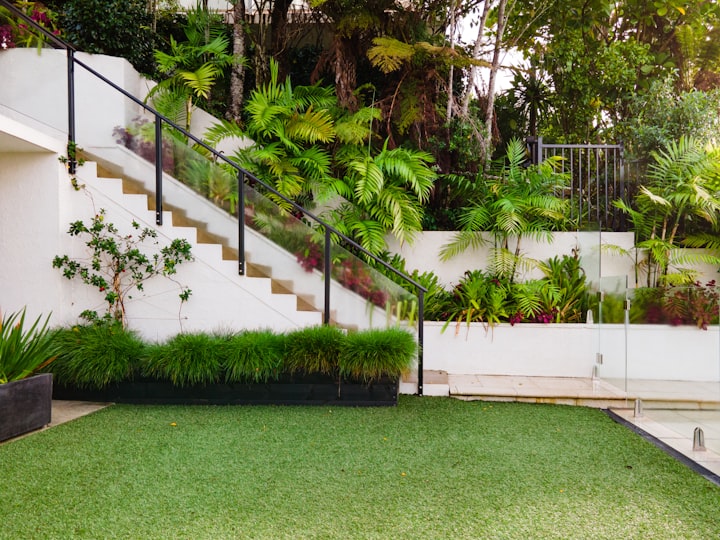How to Design a Small Garden to Make It Appear Bigger
Make small spaces look big Transform your yard into a dream landscape Adds value to homes The latest trend in backyard landscaping

One of the most impressive things about the human brain is how quickly it can absorb a massive amount of information. It's amazing how quickly your brain processes and remembers the details of what it sees when you're outside in a garden. It's possible, however, that your perception of what you're seeing and what you think you're seeing may actually be quite different. Small-scale gardeners and designers will be thrilled to hear this. If you have a small garden, these tips can help you maximise the space without anyone noticing.
The small garden is alive with vibrant colours.
Just as in the home, it's critical to thoughtfully and tastefully introduce colour to the garden. Extend the principles of interior design to your outdoor space by following the same guidelines.
The human brain responds positively to warm colours (browns, reds, and yellows). We see these colours and are drawn to them, making them appear larger and closer to us, as if they are advancing towards us. Blues and greens, on the other hand, flow away from us rather than bursting into life like the brighter hues.
Use these facts to decorate your small garden in a space-conscious manner. Reds at the front of the bed contrast with bluey-greens in the back, creating a striking contrast that draws your eye to the brighter plants in front. In order to create depth, this cleverly fools the eye into seeing a greater distance between the two plants than there actually is.
Learn how to incorporate texture into your garden to create depth and dimension.. 3.

Different textures in different areas of the garden will help create the illusion of more space. In order to create depth, you can use different textures in different areas of the same plant.
The way a plant reflects light determines its texture. A bushy plant with small leaves will reflect a great deal of light, giving the impression of being light and airy. Reflective plants like rosemary can be found in abundance in the wild. Larger leaves with gaps between them on a coarser plant will trap light and create shadows.
The contrast created by coarser plants makes them more enticing and attracts more attention than finer ones. To create an illusion of distance between the two styles, place these at the front of the beds and finely textured plants at the back. The finer plants will disappear as the coarser ones advance, giving the impression that the bed is deeper than it actually is. Create a Japanese-inspired small garden with the help of these three tips.
In their gardens, the Japanese use a fascinating technique called Miegakure. To do this, you have to cover up areas of the garden that become obvious as you approach them. You'll only find the secret landscape if you explore the rest of the garden and keep an eye out for what's around the next corner. Adding a new dimension to your small garden with a curved path is an excellent way to recreate this look at home.
A fourth option is a garden fence for a small area.

Unfortunately, fences are a necessity in gardens. Sadly, this can make the space appear cramped, which is a real shame. Adding a solid fence, especially one that is several stories high, will also reduce the amount of light that enters the area, essentially making it darker.
Fences with gaps in them should be used whenever possible. Picket fences and trellises are ideal because they allow light to pass through and do not enclose the space in a restrictive manner. Choosing a lighter colour that reflects light better is a good idea if you're concerned about safety. A fence with some texture is preferable to one that is completely smooth.
Keep an eye out for the potential for ivy on fences to cause damage, especially to brickwork and stucco. Instead, consider erecting a small trellis in front of the fence to add texture and additional space for climbing plants.
5. Garden height in a small area: a practical consideration
It is possible to grow tall plants in a small garden, but you must exercise caution when deciding what to plant and where to place it.
For even more inspiration, have a look at our list of Small Garden Plants.
The sharp, clean lines of bamboo are a great way to add vertical impact to a garden, increasing its square meterage. It's a great option because it's spread is manageable. Selecting too many tall, bushy plants will make the space appear cluttered and cluttered.
Rowan, Sorbus aucuparia 'Fastigiata', is a great tree for a small garden. It's a small, slow-growing, pollutant-resistant plant that produces flowers in the spring, berries in the summer, and dramatic red leaves in the fall.





Comments
There are no comments for this story
Be the first to respond and start the conversation.